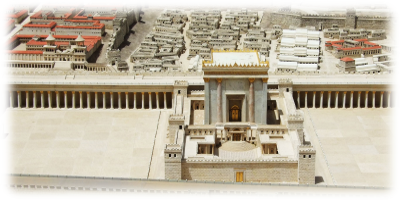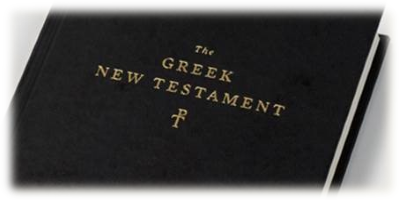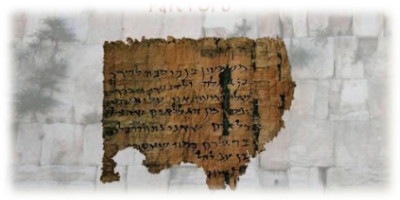The following is an excerpt from the Wikipedia on-line encyclopedia.
Aramaic displacing Hebrew as a spoken language
By the early half of the 20th century, modern scholars reached a nearly unanimous opinion that Aramaic became a spoken language in the land of Israel by the start of Israel's Hellenistic Period in the 4th century BCE, and thus Hebrew ceased to function as a spoken language around the same time. However, during the latter half of the 20th century, accumulating archeological evidence and especially linguistic analysis of the Dead Sea Scrolls has qualified the previous consensus. Alongside Aramaic, Hebrew also flourished as a living spoken language. Hebrew flourished until near the end of the Roman Period, when it continued on as a literary language by the Byzantine Period in the 4th century CE.
The exact roles of Aramaic and Hebrew remain hotly debated. A trilingual scenario has been proposed for the land of Israel. Hebrew functioned as the local mother tongue, Aramaic functioned as the international language with the rest of the Mideast, and eventually Greek functioned as another international language with the eastern areas of the Roman Empire. Communities of Jews (and non-Jews) are known, who immigrated to Judea from these other lands and continued to speak Aramaic or Greek.
Although the survival of Hebrew as a spoken language until the Byzantine Period is well-known among Hebrew linguists, there remains a lag in awareness among some historians who do not necessarily keep up-to-speed with linguistic research and rely on outdated scholarship. Nevertheless, the vigor of Hebrew is slowly but surely making its way through the academic literature. The Hebrew of the Dead Sea Scrolls distinguishes the Dead Sea Scroll Hebrew from the various dialects of Biblical Hebrew it evolved out of, "This book presents the specific features of DSS Hebrew, emphasizing deviations from classical BH."[1] The Oxford Dictionary of the Christian Church that once said in 1958 in its first edition, Hebrew "ceased to be a spoken language around the fourth century BC", now says in 1997 in its third edition, Hebrew "continued to be used as a spoken and written language in the New Testament period".[2] An Introductory Grammar of Rabbinic Hebrew says, "It is generally believed that the Dead Sea Scrolls, specifically the Copper Scroll and also the Bar Kokhba letters, have furnished clear evidence of the popular character of MH [Mishnaic Hebrew]."[3] And so on. Israeli scholars now tend to take it for granted that Hebrew as a spoken language is a feature of Israel's Roman Period.
- Elisha Qimron, The Hebrew of the Dead Sea Scrolls (1986), p. 15.
- "Hebrew" in The Oxford Dictionary of the Christian Church, edit. F.L. Cross, first edition (Oxford, 1958), 3rd edition (Oxford 1997).
- Miguel Perez Fernandez, An Introductory Grammar of Rabbinic Hebrew (Leiden, Netherlands: Koninklijke Brill 1997).

Like what you’re discovering? Continue the journey from Bible reader to translator.
|






